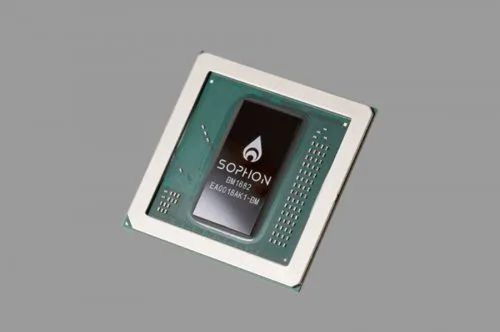Strategic Insights: Balancing Cost, Efficiency, and Growth in Ethereum Mining
As the crypto marketplace continues to evolve, Ethereum mining remains a pivotal component in the broader ecosystem. For many miners, particularly those operating in the volatile landscapes of digital currencies, the pursuit of cost efficiency and growth becomes not just a goal but a necessity. It is essential to strike a balance between investing in high-quality mining rigs, managing electricity costs, and ensuring a profitable operation. So how can miners navigate this complex terrain?

Costs in mining are multifaceted, encompassing hardware expenses, energy consumption, and operational overheads. The initial investment in robust mining machines, often referred to as mining rigs, can be substantial. However, the value lies in selecting efficient models capable of maximizing hash rates without exorbitant energy consumption. Brands that produce high-performance GPUs have become coveted assets in this space, and miners must keenly analyze specifications that promise longevity and power efficiency.

In a world where “time is money,” the efficiency of mining operations can heavily influence profit margins. This brings us to another factor: the pooling of resources. Many miners are now turning towards mining farms or hosting solutions, which allow smaller operations to harness the benefits of scale. By joining a mining pool, individual miners can combine their computing power against the competition, increasing the probability of earning Ether more consistently.
Moreover, with energy costs fluctuating, location plays a significant role in determining a mining farm’s profitability. Regions known for low electricity prices, favorable regulations, and cool climates often attract the most ambitious mining operations. Utilizing natural cooling methods can dramatically cut down on expenses associated with maintaining optimal temperatures for rigs. Here, the strategic placement of mining facilities in conjunction with renewable energy sources elevates the advantage of cost efficiency while aligning with a growing trend toward sustainability.

As miners navigate the ever-shifting sands of profitability, they must also remain attuned to market conditions. Ethereum’s recent transition to proof-of-stake sparked debates about its implications for existing miners. While proof-of-stake aims to mitigate energy consumption, it also challenges traditional mining, necessitating that miners rethink their strategies. Flexibility and adaptability will be critical as the landscape shifts, and staying abreast of technological advancements and regulatory changes will help miners maintain their competitive edge.
Furthermore, data analytics plays an integral role in boosting efficiency. Advanced software solutions can track performance metrics, energy usage, and market fluctuations, providing miners with the insights necessary to make informed decisions. By leveraging data, miners can optimize their operations, anticipate trends, and, ultimately, achieve greater profitability.

Another critical aspect to consider is the potential diversification of mining portfolios. While Ethereum has been a primary focus for many, exploring other currencies like Bitcoin or Dogecoin might offer opportunities for profit, particularly as market dynamics shift. Adopting a multi-currency strategy may cushion miners against the volatility of a single asset and enrich their revenue streams.
Ultimately, winning in the Ethereum mining space requires a strategic mindset. From investing in efficient mining rigs to optimizing operations within a mining farm, every decision must align with a broader vision of growth and sustainability. Market conditions, energy expenses, and hardware advancements underscore the layers of complexity in this field, making a comprehensive strategy not just beneficial but imperative.

As we look toward the future, the landscape of Ethereum mining will undoubtedly continue to evolve. Strategies that prioritize cost, efficiency, and growth will be central themes for miners worldwide. Those who stay informed, embrace innovation, and adapt to changing conditions will not only survive but thrive in this exhilarating and rapidly changing industry.
This article intricately explores Ethereum mining’s dynamic nexus of cost management, operational efficiency, and growth potential, offering unexpected strategies that blend technological innovation with market foresight, ultimately reshaping how miners optimize value amid evolving blockchain economics.